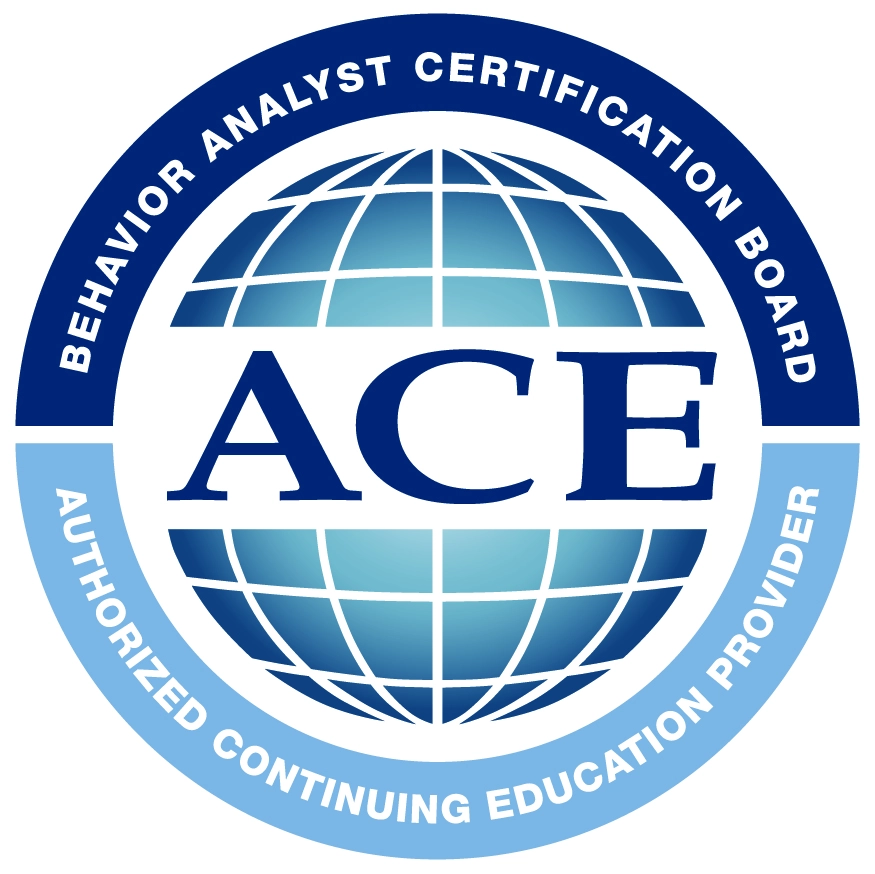You’re not the only one who has ever wondered how to make studying less stressful. It is possible to turn learning into a game.
This is particularly true for children who do better in relaxed, playful, and exciting settings. To this end, Natural Environment Teaching, or NET ABA for short, is gaining popularity among parents, teachers, and therapists. We’ll explore why it’s unique and helpful.
What is Natural Environment Teaching (NET) in ABA? It’s a technique used within the ABA therapy ecosystem that flips the script on traditional, table-bound lessons. Think of NET as teaching that follows the child’s lead, develops on their interests, and takes place in the actual moments of their day rather than depending on drills and flashcards.
Let’s cite as an example a play therapy session. Picture teaching a child how to ask for assistance while they are actually reaching for a toy on a high shelf, rather than teaching in a structured clinical setting. This is significant because the request is incorporated into a real-world situation. That’s the magic of NET ABA. It’s about developing abilities in the midst of daily life, where they are most needed. Keep reading.
How NET Makes ABA More Natural
One of the biggest misconceptions about ABA child therapy is that it only happens at a table, in highly structured sessions. While this might have been true in the early days of Applied Behavior Analysis, the field has since evolved. Today, what is Natural Environment Teaching (NET) in ABA child therapy? It is at the forefront of that evolution.
NET adopts a softer, more adaptable strategy in contrast to Discrete Trial Training (DTT), which emphasizes organized instruction and repetition. NET can encourage a child to ask for their favorite lunchtime snack or practice taking turns while playing with a sibling, rather than making them answer questions about things on a flashcard.
Learning becomes more enduring, memorable, and frequently enjoyable when it is woven into happy and inquisitive moments.
Does that mean structure is gone entirely? Absolutely not. The beauty of NET is that it combines organic interactions with deliberate teaching techniques. Everything is planned, but it doesn’t feel that way to the child. And that’s a huge win.
Real-Life Examples of NET in Action
Let’s say your child loves animal toys. During home ABA time, a therapist might play along and say, “Let’s put the tiger next to the lion.” The child naturally follows, absorbing the concept of “next to” in context. There’s no quiz, no pressure, just a lesson hidden in play.
Or maybe it’s snack time, and the child wants more apple slices. That’s the perfect moment to teach the phrase “Can I have more?”, a real request, tied to real motivation. This small interaction can have a big impact on functional communication when it is repeated over a few days.
When children are struggling to participate, therapists may also employ external motivators like stickers, bubbles, or quick iPad play therapy sessions. These are incorporated into daily ABA activities in a way that seems organic rather than transactional. As the play itself becomes the reward, even these motivators eventually fade.
Why NET ABA Works

NET ABA runs on one key ingredient: motivation. Children remain attentive when they are able to learn through ABA activities they already enjoy, such as building blocks or bubbles. No need to push or reward. The fun keeps them hooked.
You might wonder, “Will these skills show up in real life?” The short answer: often, yes. That’s one of NET’s best features. Because kids learn in real moments, they’re more likely to use those same skills in similar spots later. This is called generalization. It helps make ABA therapy stick over time.
Picture this: a child practices saying “hello” during play. Later, they greet a neighbor without being prompted. Why? They didn’t just rehearse it, they lived it.
The Role of Parents and Caregivers
One reason what is Natural Environment Teaching (NET) in ABA? matters so much is because it empowers parents, too. Unlike clinical-only models, NET invites parents to take part in the process. You become a co-creator in your child’s education.
All you need is awareness and consistency. Daily chores such as picking out the day’s attire and setting the table present an opportunity to teach. Be your child’s empathetic guide in these instances. You don’t need extra tools. Your child discovers that social cues, communication, and decision-making are all a part of daily life and are not only for treatment.
NET ABA works because it occurs in places where life happens, like homes, grocery markets, parks, and classrooms. It’s so sustainable because of this.
Techniques That Make NET Work
So how does it all come together in a session? Therapists use tools like Pivotal Response Training. This method targets core skills like motivation and how a child responds to others. They also use Incidental Teaching, which means grabbing teachable moments as they come. Another approach is the Natural Language Paradigm. This one builds communication through simple back-and-forth talk.
Put together, these methods create a space that feels natural, fun, and centered on the child. It doesn’t feel like formal teaching. It feels like play. The child explores, speaks up, and sees small wins.
Behind the scenes, therapists still track progress. They take notes and adjust plans when needed. Although ABA therapy is based on science, for the child, the goal is joy and real-life growth.
Challenges of Implementing NET
Is NET perfect for every child in every moment? Not quite. Its difficulties are similar to those of any therapeutic strategy. Everyone engaged needs to be adaptable, patient, and creative. Therapists must receive training on how to recognize and capitalize on teachable situations. Parents need to be comfortable letting learning happen on the fly.
Also, because NET isn’t always as “visible” as structured methods, some might question whether real learning is happening. But rest assured, behind those smiles and giggles, data is being tracked, behaviors are shifting, and skills are sticking.
NET’s Place in the Bigger ABA Picture
NET doesn’t replace structured approaches; it complements them. Many ABA programs blend Discrete Trial Training with NET ABA to balance structure and spontaneity. This mix allows for targeted skill-building while promoting generalization and motivation.
So, what is Natural Environment Teaching (NET) in ABA? It’s a strategy. A philosophy. A mindset. It’s a way to meet kids where they are, emotionally, physically, developmentally, and gently guide them to where they can go.
Wrapping It Up: A Natural Path to Progress
NET ABA ultimately demonstrates that a desk, worksheet, or timer are not necessary for authentic learning. It only takes a moment sometimes. A giggle. A glance. A question during snack time.
You’re doing more than just teaching when learning becomes a part of your child’s home ABA routine. You’re building connections and becoming more self-assured, in making small but meaningful progress towards teaching lifelong abilities in your child.
Remember this, the next time you’re playing pretend or chasing bubbles in the backyard. More than just games, they’re meaningful parts of ABA play therapy sessions. They’re moments where learning naturally happens.
That’s what makes Golden Care Therapy different. Their approach to Natural Environment Teaching (NET) feels more human, more thoughtful, and more child-first. It’s not about rigid sessions. It’s about meeting kids where they are.
If you’re looking for that kind of support in New Jersey, Golden Care Therapy is here to help. Reach out today and see how our team brings gentle, goal-driven care right into your daily life.



